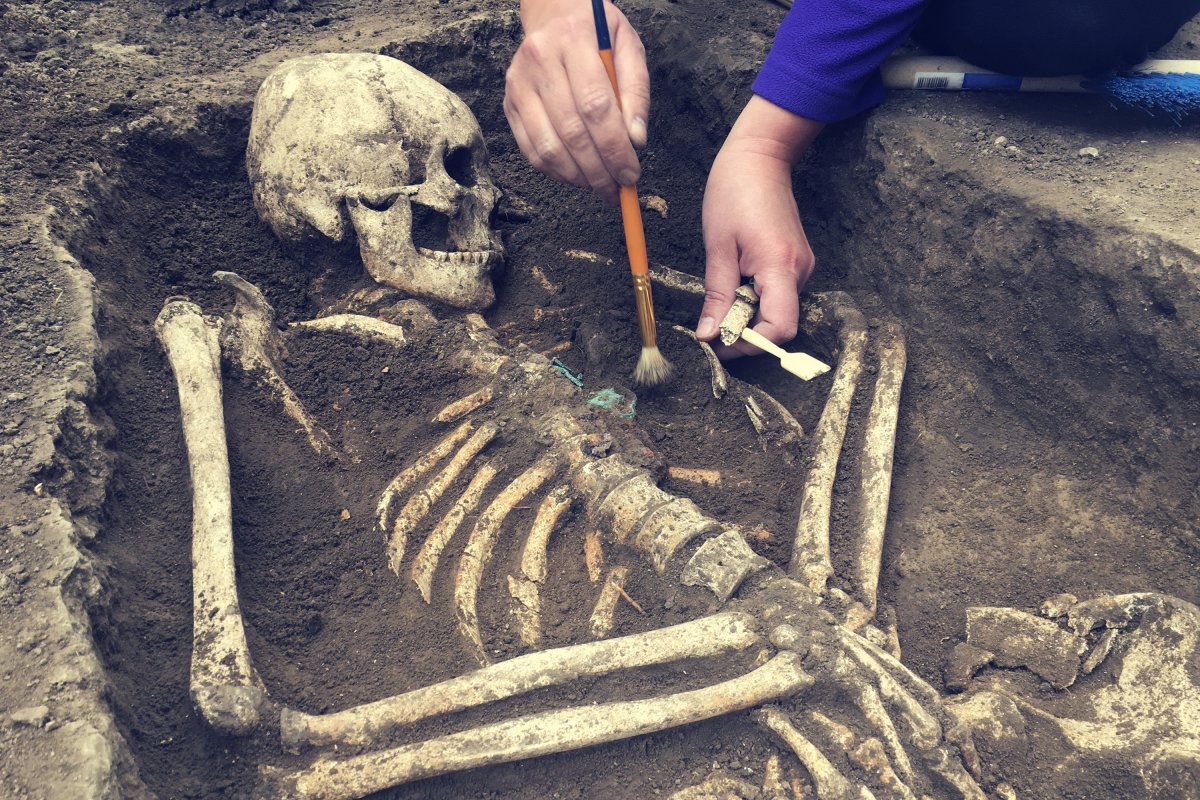Ancient Native American populations may have "back-migrated" into northeastern Asia, findings from a study published in the journal Current Biology indicate.
The paper sheds light on the history of human migration between Asia and North America and how ancient peoples in the region mixed.
There is a consensus among scientists that the Americas were first settled by people who traveled from Asia, although a number of questions remain about how exactly this process occurred.
"I would say we—archaeologists and geneticists—are in relative agreement about major elements of the peopling of the Americas, but differ drastically on some of the details," Ben Potter, a professor in the Department of Anthropology at the University of Alaska Fairbanks, who was not involved in the Current Biology paper, told Newsweek.
The consensus is that the First Americans (FAM) emerged in Asia around 25,000 years ago, mixed with Ancient North Eurasians—probably somewhere in southern Siberia—and then expanded into the Americas via Beringia (the land bridge that once existed between northeast Asia and Alaska) using interior or coastal routes, or both, sometime after 16,000 years ago.
"There are some archaeological sites that predate this, like White Sands, but they remain contentious and are controversial," Potter said.

In the Current Biology paper, the authors analyzed ancient genomes from newly reported human remains found across three regions in North Asia—namely Altai-Sayan, Russian Far East, and the Kamchatka Peninsula. Their analysis revealed, among other findings, gene flow from people moving from North America to North Asia over the past 5,000 years, they said.
David Meltzer, a researcher in the Department of Anthropology at the Southern Methodist University in Dallas, Texas, who was also not involved in the study, told Newsweek the team's result about a possible "back-migration" from North America to Asia was "not surprising."
You Could Walk To America
During the Pleistocene—the geological epoch that lasted from around 2.58 million years ago to 11,700 years ago—when sea levels were lower, Beringia connected northeast Asia and Alaska, making it possible to walk to America.
"That's when the first major pulse of people coming into the Americas took place," Meltzer said. "With the end of the ice age, rising sea levels drowned the land bridge—circa 12,000 years ago. But that only stopped foot traffic."
"Starting around 6,000 years ago, groups using watercraft readily crossed the Bering Sea," he said. "And it has been known that cross-Bering Sea traffic after that time went both east and west. What this new paper does is give us a better sense of the number and possible timing of episodes of back migration during that later period of movement."
The team's data indicate that between 5,500-4,400 years ago, there were elements of Native American ancestry in some Russian Far East groups at low levels, which the authors suggest can be explained by a back-migration of Native Americans into Asia.
But Potter said while the hypothesis is "plausible" there could be other explanations for these results.
"An alternative hypothesis is that these findings of admixture are remnants of part of that population that remained in Kamchatka and other regions in the furthest east," he said.
But the evidence "does suggest continuity in early groups across the Arctic in a time period that saw large scale migrations from Russia to Greenland."
He said "more evidence" would be needed to prove the back-migration hypothesis going forward.
Despite this, the findings "provide clarity on the increasingly complex nature of population formation and admixture in Siberia over the last 7,500 years," Potter said.
Uncommon Knowledge
Newsweek is committed to challenging conventional wisdom and finding connections in the search for common ground.
Newsweek is committed to challenging conventional wisdom and finding connections in the search for common ground.
About the writer
Aristos is a Newsweek science reporter with the London, U.K., bureau. He reports on science and health topics, including; animal, ... Read more
To read how Newsweek uses AI as a newsroom tool, Click here.








